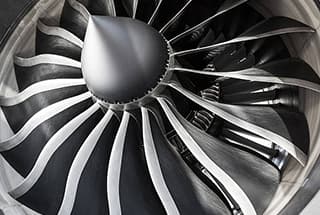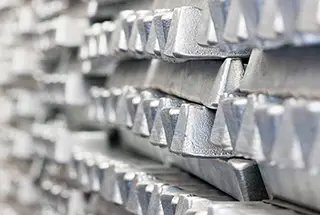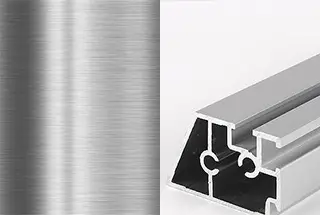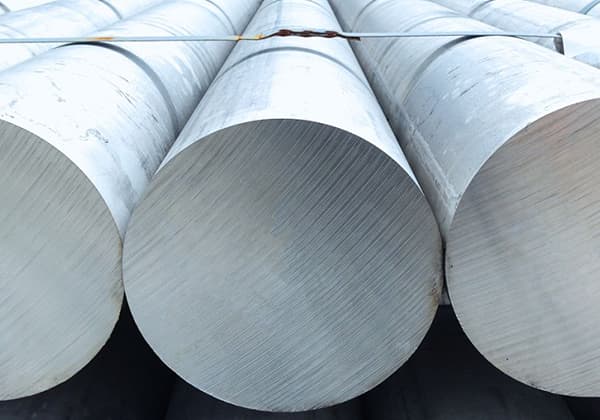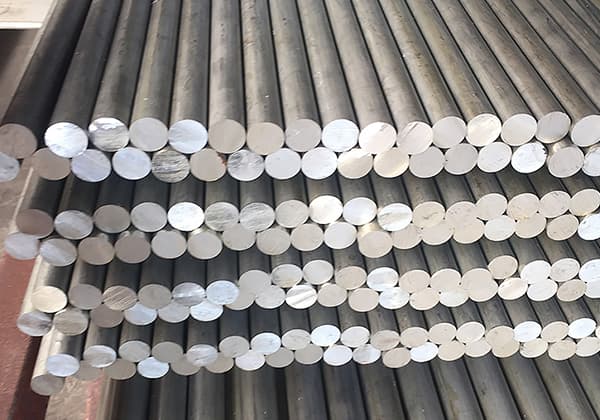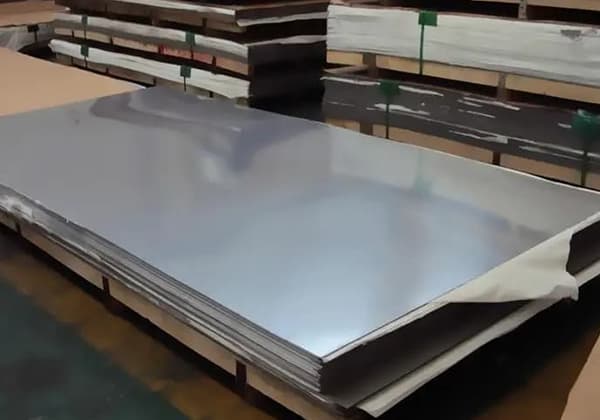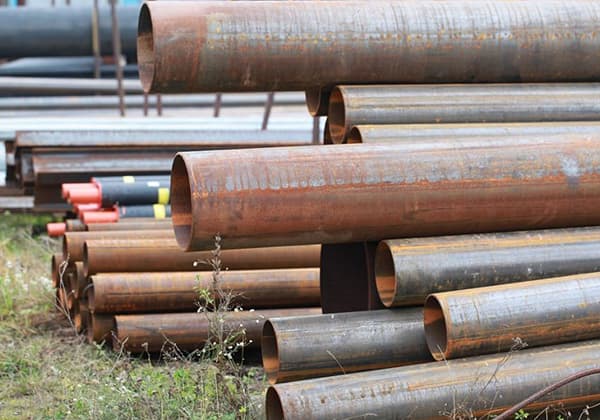
When deciding between aluminum and galvanized steel, which material stands out? This article explores their properties, weighing the benefits of aluminum’s light weight and superior thermal conductivity against galvanized steel’s robust strength and corrosion resistance. Readers will learn how these metals compare in various applications, helping them make informed decisions for industrial and construction projects.
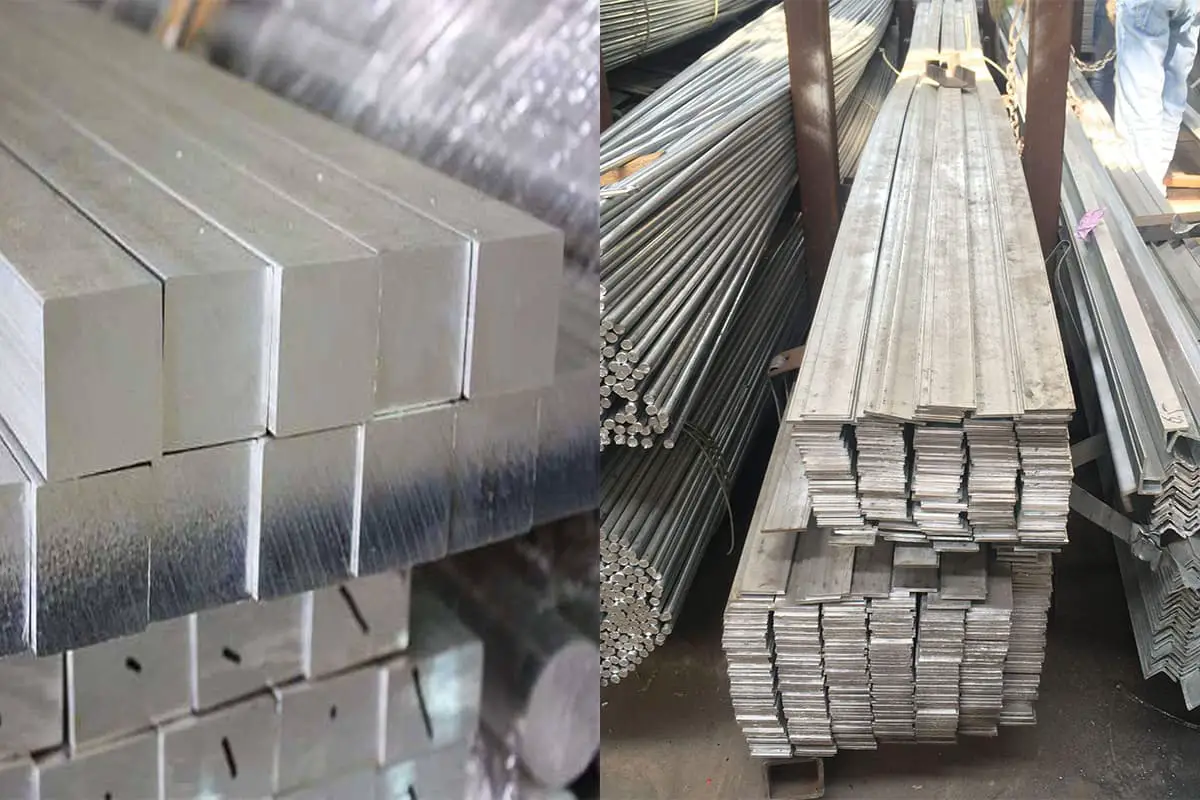
Comparing the properties of the two reveals differences between aluminum and galvanized steel.
Aluminum is a metal with all the properties of metal: ductility, corrosion resistance, flexibility, and good thermal conductivity. It is weather-resistant, can be machined, thinned into wires and sheets, or welded.
Aluminum is alloyed with other metals, and aluminum alloys are renowned for their light weight and cost-effectiveness.
Galvanized steel, on the other hand, is a structural or construction material.

It can corrode, and to protect the steel, carbon steel is immersed in molten zinc which adheres to the steel like a thin film.
Steel is an alloy of iron, known for its strength, and is used as a structural material. For it to be corrosion-resistant, the galvanization process is necessary. This process was invented by Luigi Galvani to ensure steel could be protected from corrosion or rusting via a zinc coating.
The galvanization process on carbon steel has various implications, aiding in the manufacture of different parts of industrial objects, and it comes in various forms.
Galvanized steel is also used in the construction of house frames, truck and bus bodies, household appliances, electric towers, metal drums, and various other items indispensable to our daily lives.
Aluminum, with its lower density and higher heat exchange rate compared to galvanized steel, is favored in various industrial equipment for its superior performance and lighter weight. The low density of the metal makes it a better thermal conductor.
In terms of weight, aluminum trumps galvanized steel. Its lightweight nature, high heat transfer efficiency, superior cooling and defrosting capabilities, and cost-effectiveness make it a better material than steel.
Aluminum products are also preferred over galvanized steel due to their antibacterial properties and easy-to-clean characteristics, particularly in cases involving food.
Compared to the hard and smooth surface of aluminum, the surface of galvanized steel is porous and rough, providing a breeding ground for bacteria and contaminating food processing.
Galvanized steel is an ideal material for industrial processes involving caustic soda and potassium hydroxide, as the zinc coating on galvanized steel offers greater resistance to weak alkaline solutions than aluminum.
Aluminum and galvanized steel are compatible with each other, being adjacent on the galvanic scale. Over the past half-century, there have been many structures with aluminum underpinnings and galvanized steel exteriors.
In summary:
1. Aluminum is a metal, while galvanized steel is carbon steel immersed in zinc via a heating process.
2. The surface of galvanized steel is porous and rough, making it difficult to clean.
3. The hard, smooth surface of aluminum helps eliminate bacterial growth and simplifies cleaning methods.
4. Aluminum and galvanized steel are compatible with each other.
5. Aluminum is favored for its lightweight nature, corrosion resistance, and thermal conductivity, while galvanized steel is heavier and more expensive.

